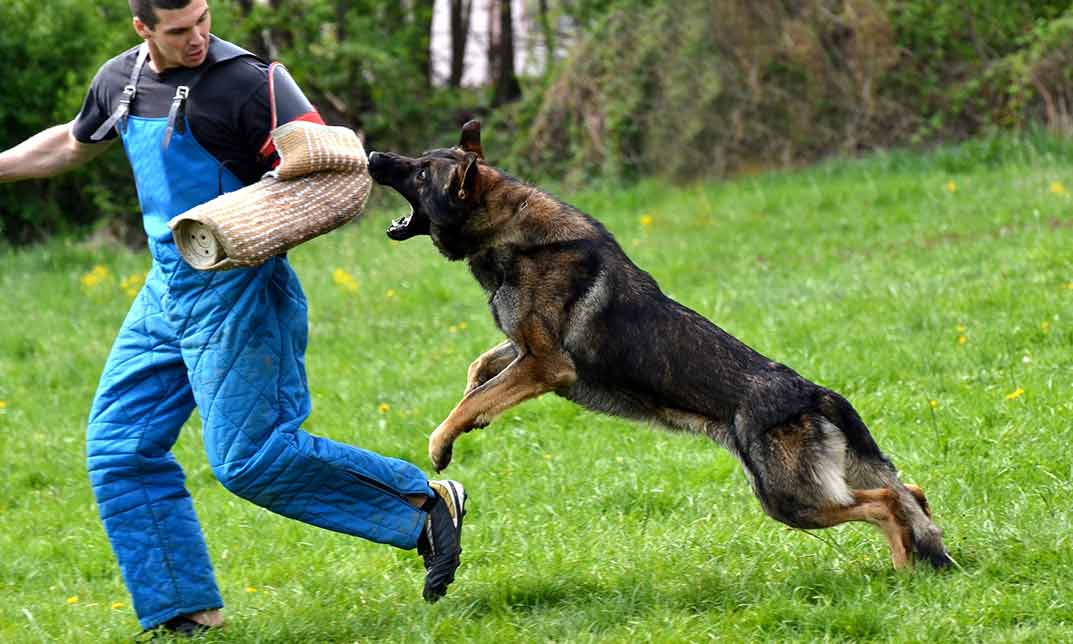When it comes to workplace safety, dog bites might not be the first thing that comes to mind. However, for employees who work in environments where they may encounter dogs. Like postal workers delivery personnel or home service providers. This is a very real concern. Dog bites can lead to serious injuries, emotional trauma, and even legal complications. Therefore, it’s crucial to implement effective strategies for employee dog bite prevention.
In this comprehensive guide, we’ll explore various aspects of dog bite prevention, from understanding dog behaviour to implementing effective workplace policies. Whether you’re an employer or an employee, these tips will help you create a safer work environment.
How You Can Understand Dog Behavior?
Before we dive into specific prevention strategies, it’s essential to understand the basics of dog behavior. Dogs are territorial animals with instincts that can sometimes lead to aggressive behavior, especially when they feel threatened. Recognizing these behaviors can be the first step in preventing bites.
Dogs communicate through body language. A wagging tail doesn’t always mean a dog is friendly—it can also indicate excitement or agitation. Other signs like growling, barking, or showing teeth are more apparent indicators of potential aggression. However, subtler cues like stiff body posture, raised hackles, and intense staring should also be taken seriously.
Recognizing Warning Signs
Being able to recognize the warning signs of a potentially aggressive dog can prevent many bites. Employees should be trained to look for:
- Tensed body posture: A dog that is standing rigidly is likely feeling threatened.
- Ears pinned back: This can be a sign of fear or aggression.
- Growling or snarling: Clear indications that a dog might bite if approached.
- Intense eye contact: Dogs that stare intensely might be feeling threatened and ready to defend themselves.
- Backing away or cowering: These signs indicate fear, which can quickly turn into aggression if the dog feels cornered.
Creating a Safe Work Environment
Employers have a responsibility to create a safe working environment. This includes implementing measures to reduce the risk of dog bites. Here are some strategies:
- Restrict access to areas with dogs: If possible, avoid sending employees into environments where dogs are known to be present unless necessary.
- Install barriers: Gates, fences, and other physical barriers can keep dogs away from employees.
- Signage: Clear signs indicating the presence of dogs can help employees prepare and proceed with caution.
Proper Employee Training
Training employees on how to handle encounters with dogs is crucial. This training should cover:
- Reading dog body language: As mentioned earlier, understanding dog behavior can help prevent bites.
- Appropriate response techniques: Employees should know how to react if they encounter an aggressive dog. This includes avoiding direct eye contact, moving slowly, and using a calm, firm voice.
- Use of deterrents: Employees can be trained on how to use dog deterrents such as ultrasonic devices or sprays safely and effectively.
Establishing Clear Policies
Clear policies can help ensure that everyone in the workplace understands their role in preventing dog bites. These policies might include:
- Reporting protocols: Employees should know how to report dog incidents and whom to inform.
- Incident documentation: Keeping detailed records of any dog-related incidents can help identify patterns and areas for improvement.
- Safety guidelines: Establish specific guidelines for employees who are likely to encounter dogs, such as postal workers or delivery personnel.
Using Protective Equipment
In some cases, protective equipment might be necessary to keep employees safe. This could include:
- Dog bite sleeves: These can provide protection for employees who need to handle dogs directly.
- Personal alarms: These devices can help scare off aggressive dogs and alert others to the presence of danger.
- Protective footwear and gloves: These can offer additional protection against bites.
Encouraging Responsible Pet Ownership
Employers can also play a role in encouraging responsible pet ownership among customers and clients. This might include:
- Educational materials: Providing customers with information on how to properly train and socialize their dogs.
- Incentives: Offering incentives for customers who take steps to ensure their pets are well-behaved and pose no threat to employees.
- Community programs: Supporting local animal training programs can help reduce the risk of dog bites in the community.
First Aid and Emergency Procedures
Despite all precautions, dog bites can still occur. It’s important to have clear first aid and emergency procedures in place:
- Immediate first aid: Employees should know how to clean and dress a dog bite wound to prevent infection.
- Medical attention: Serious bites require professional medical attention. Employees should know when and how to seek help.
- Incident reporting: Ensure that all bites are reported and documented, no matter how minor they seem.
Legal Considerations
Dog bites can lead to legal issues for both employers and employees. Understanding the legal landscape can help mitigate these risks:
- Liability: Employers should understand their liability in the event of a dog bite and take steps to minimize this risk.
- Insurance: Ensure that appropriate insurance coverage is in place to protect against dog bite claims.
- Compliance: Follow all local and national regulations regarding workplace safety and dog bite prevention.
Promoting Awareness and Education
Raising awareness about dog bite prevention is crucial for creating a safe work environment. This can be achieved through:
- Regular training sessions: Keep employees updated on the latest strategies and information regarding dog bite prevention.
- Awareness campaigns: Use posters, newsletters, and other materials to keep dog bite prevention top of mind.
- Open communication: Encourage employees to share their experiences and tips for dealing with dogs.
Case Studies and Examples
Real-life examples can provide valuable insights into effective dog bite prevention strategies. Consider these case studies:
- Postal worker training: A postal service implemented a comprehensive dog bite prevention program that included training, protective equipment, and clear policies. As a result, dog bite incidents decreased by 50%.
- Delivery company policies: A delivery company introduced mandatory dog behavior training for all employees and provided them with deterrent devices. This led to a significant reduction in dog bite incidents.
- Community outreach: A local business partnered with an animal shelter to offer free dog training classes to customers. This not only reduced dog bite incidents but also improved customer relations.
Conclusion
Preventing dog bites in the workplace is a shared responsibility that requires understanding, training, and clear policies. By recognizing the warning signs of dog aggression, creating a safe work environment, and providing employees with the tools and knowledge they need, employers can significantly reduce the risk of dog bites. Remember, a proactive approach not only ensures the safety of employees but also promotes a more positive and productive work environment.


